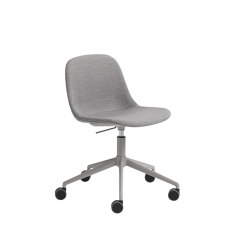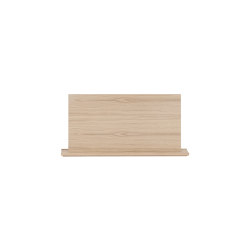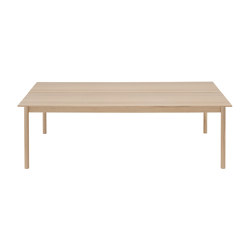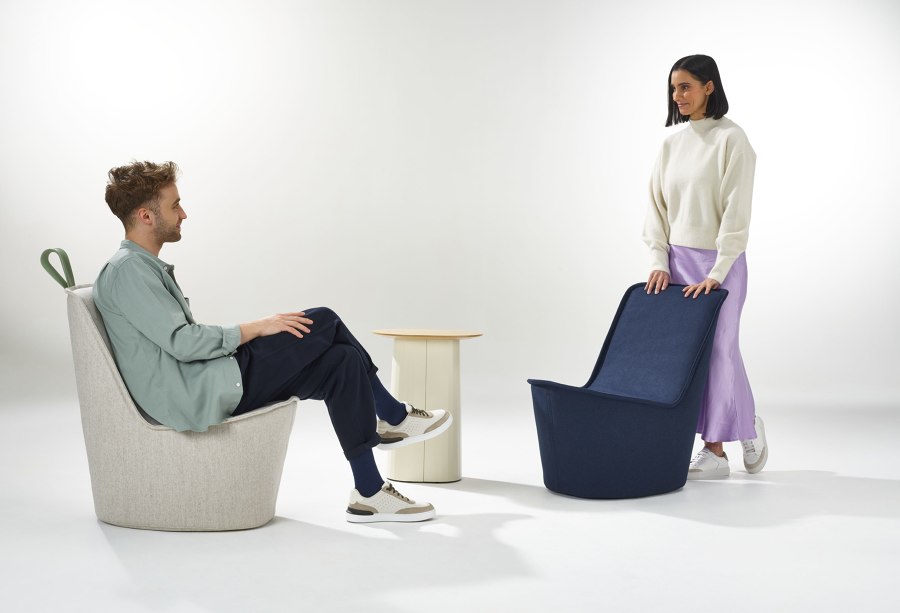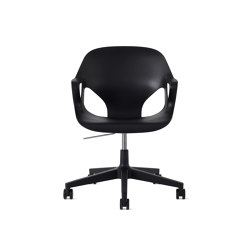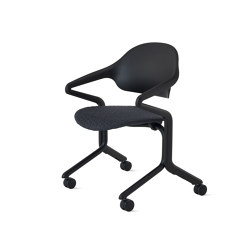Collective wisdom: MillerKnoll’s innovative approach to modern design
Historia de la marca de Harriet Thorpe
Melksham, Reino Unido
07.11.23
Nearly a century ago, a group of renowned designers met at the Cranbrook Academy of Art, paving the way for what would later become a global collective of brands poised to transform the industry and redefine Modern design...
This collaborative workspace features a dynamic combination of furniture from across the MillerKnoll portfolio
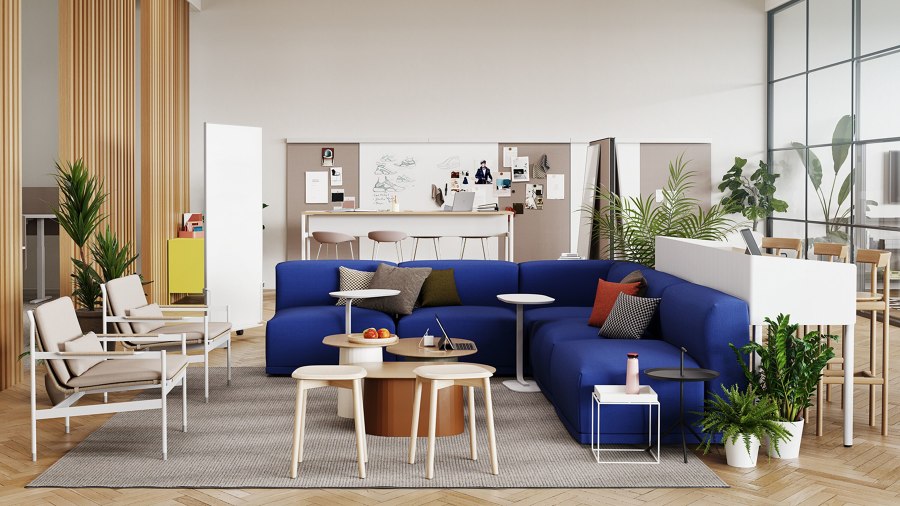
This collaborative workspace features a dynamic combination of furniture from across the MillerKnoll portfolio
×In the 1930s, the Cranbrook Academy of Art fostered a community of designers that we now consider some of the founders of Modern design. On the bucolic Arts and Craft campus in Michigan, Florence Knoll, Ray and Charles Eames, Eero Saarinen and Harry Bertoia experimented together with progressive concepts, from bent wood to modular furniture. Their ideas, based on the values of beauty, joy, efficiency and utility, revolutionised interiors and improved the accessibility of good design and people’s lives for the better.
It is under these same values that nearly a century later, in 2021, leaders in Modern design Herman Miller and Knoll merged to form MillerKnoll. The incubator is no longer a campus; it's now a global platform for Modernism in the 21st century, including within its portfolio not only Herman Miller and Knoll, but also Colebrook Bosson Saunders, Geiger, HAY, Maharam, Muuto, NaughtOne and many more. It’s a collective that places MillerKnoll as one of the largest global manufacturers of high-quality design products based on the principles of Modernism.
Muuto sets the scene for modern working and living; pictured here, the Linear System Modular Table with other Muuto products
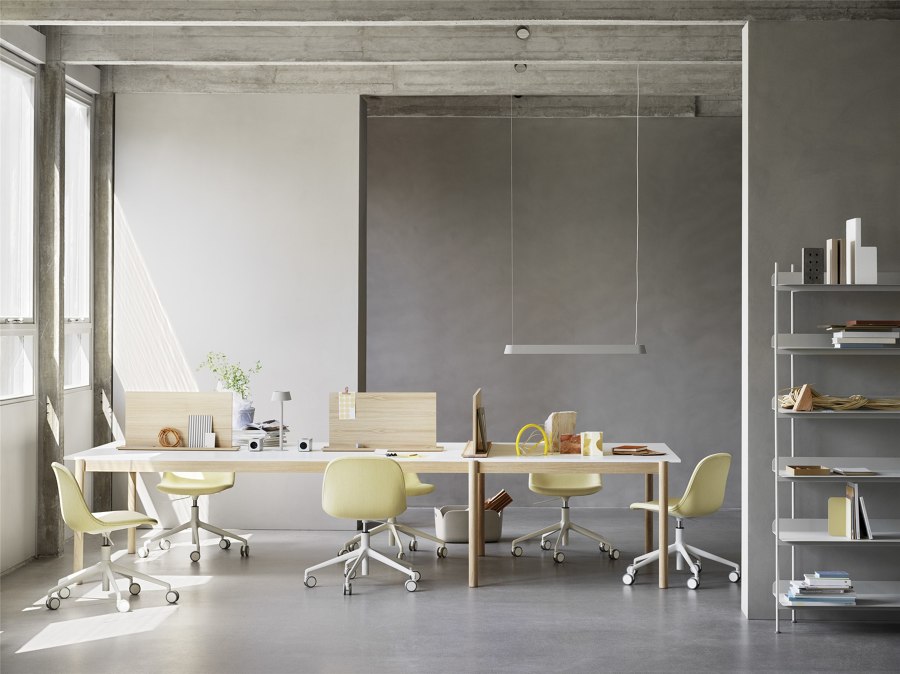
Muuto sets the scene for modern working and living; pictured here, the Linear System Modular Table with other Muuto products
×Unlocking total design
It was at Cranbrook that designers pioneered the concept of ‘total design’ – a modern interior where products work together in complete symbiosis to create highly aesthetic and functional environments. With its platform, MillerKnoll is pioneering a system for architects and designers of today to create their own total design schemes across residential, hospitality, workspace, healthcare and education interiors. Through a single stakeholder, they can unlock access to a vast and diverse catalogue of timeless, modern products crossing typologies, styles and sectors – which can be smoothly compared and contrasted for specification and sustainability, directly or through dealers often found close by.
Just like at Cranbrook, problem-solving and innovation is magnified because knowledge and resources can be pooled
Just like at Cranbrook, problem-solving and innovation are magnified because knowledge and resources can be pooled. MillerKnoll research teams work across the brand portfolio, not only channelling cutting-edge findings and data into new materials and product development, but also sharing the latest studies with clients and customers to help them make better informed decisions.
Characterful design icons: above, the Pippin Chair by NaughtOne; below, the Barcelona Chair by Knoll, designed by Ludwig Mies van der Rohe, 1929-1931
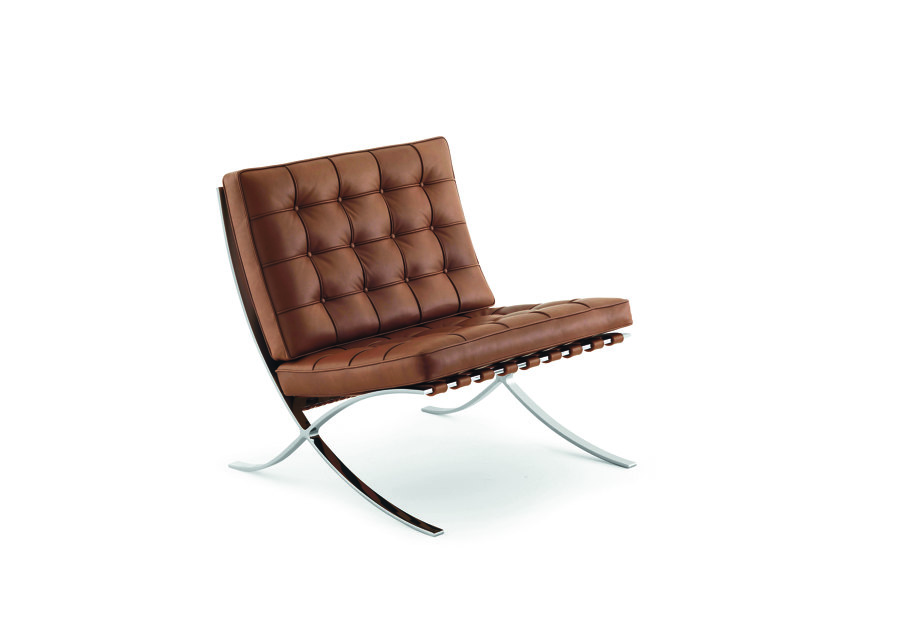
Characterful design icons: above, the Pippin Chair by NaughtOne; below, the Barcelona Chair by Knoll, designed by Ludwig Mies van der Rohe, 1929-1931
×New research on hybrid working styles, for example, has shown that post-pandemic workplaces require more collaborative spaces for interactivity, flexible layouts for employee numbers in flux, versatile seating solutions adaptable to changing tasks and more engaging and comfortable furniture inspired by the residential sector. This has resulted in new developments such as the Cosm and Zeph chairs from Herman Miller, Generation by Knoll and an increasing use of more lifestyle-oriented products in the workplace, made possible through the diverse portfolio.
The Fuld Nesting Chair by Herman Miller responds to hybrid working with a streamlined and dynamic form
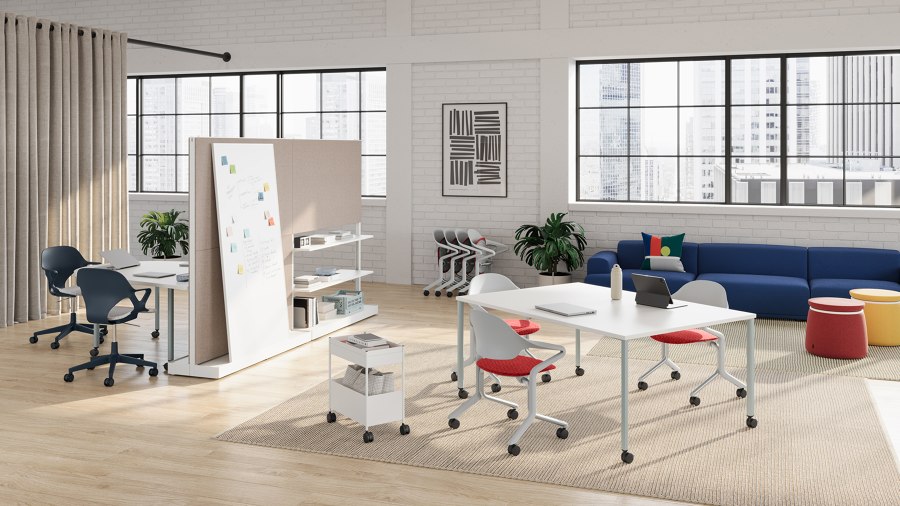
The Fuld Nesting Chair by Herman Miller responds to hybrid working with a streamlined and dynamic form
×Better together
When it comes to making a global impact, collective thinking is a necessity to progress. With MillerKnoll, designers will find it easy to keep track of and meet their green objectives whilst specifying diverse products of different origins, materials and manufacturing. All products, existing and new, are held to MillerKnoll’s sustainability goals, such as the goal for every product to contain at least 50% recycled content by 2030; and benefit from various policies on sustainable packaging and carbon-neutral shipping partnerships.
When it comes to making a global impact, collective thinking is a necessity to progress
As the designers of Cranbrook discovered, there are many benefits to working collectively, from finding synergies to sharing knowledge, skills and resources. Yet what’s clear is that they were also passionate and driven individuals; Florence Knoll went on to study under Mies van de Rohe and joined Knoll in 1946, later to be credited for rationalising and revolutionising office design with the streamlined and functional ‘Knoll Look’. Charles and Ray Eames relocated to Los Angeles, opened a studio and began their lifelong collaboration with Herman Miller in 1940.
The MillerKnoll collective of brands offers many solutions and styles for a wide range of settings
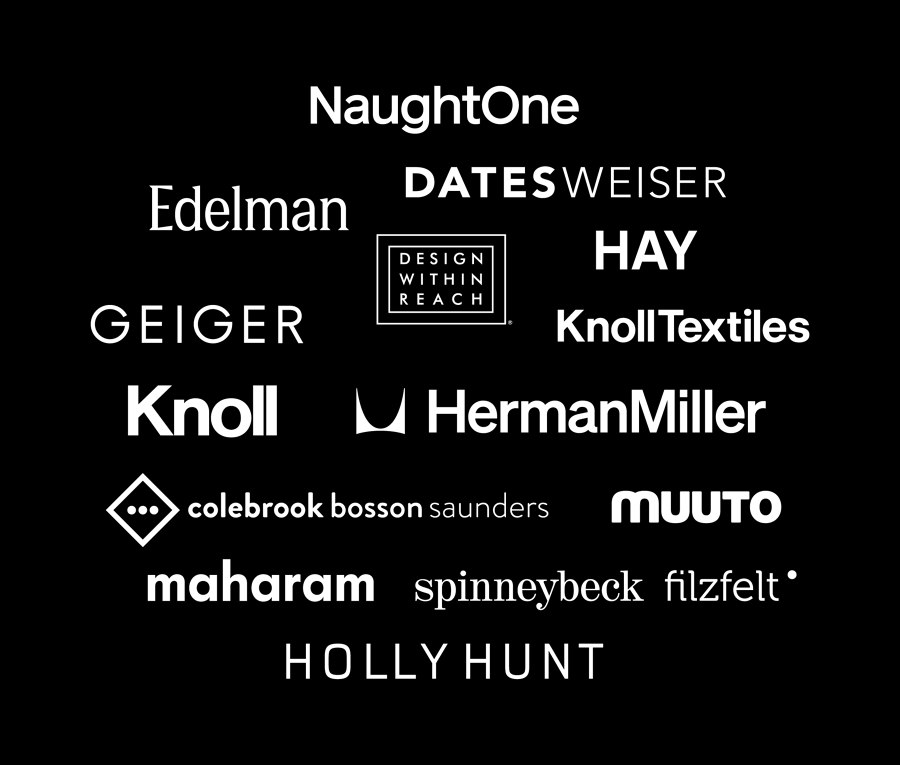
The MillerKnoll collective of brands offers many solutions and styles for a wide range of settings
×Similarly, while MillerKnoll brands have the same shared DNA of Modernism, maintaining their distinct identities was key to fostering a reactive and adaptive platform for progress and serving customers with the best solutions for space. In the words of Rudyard Kipling: ‘For the strength of the pack is the wolf, and the strength of the wolf is the pack.’
© Architonic
Head to the Architonic Magazine for more insights on the latest products, trends and practices in architecture and design.



